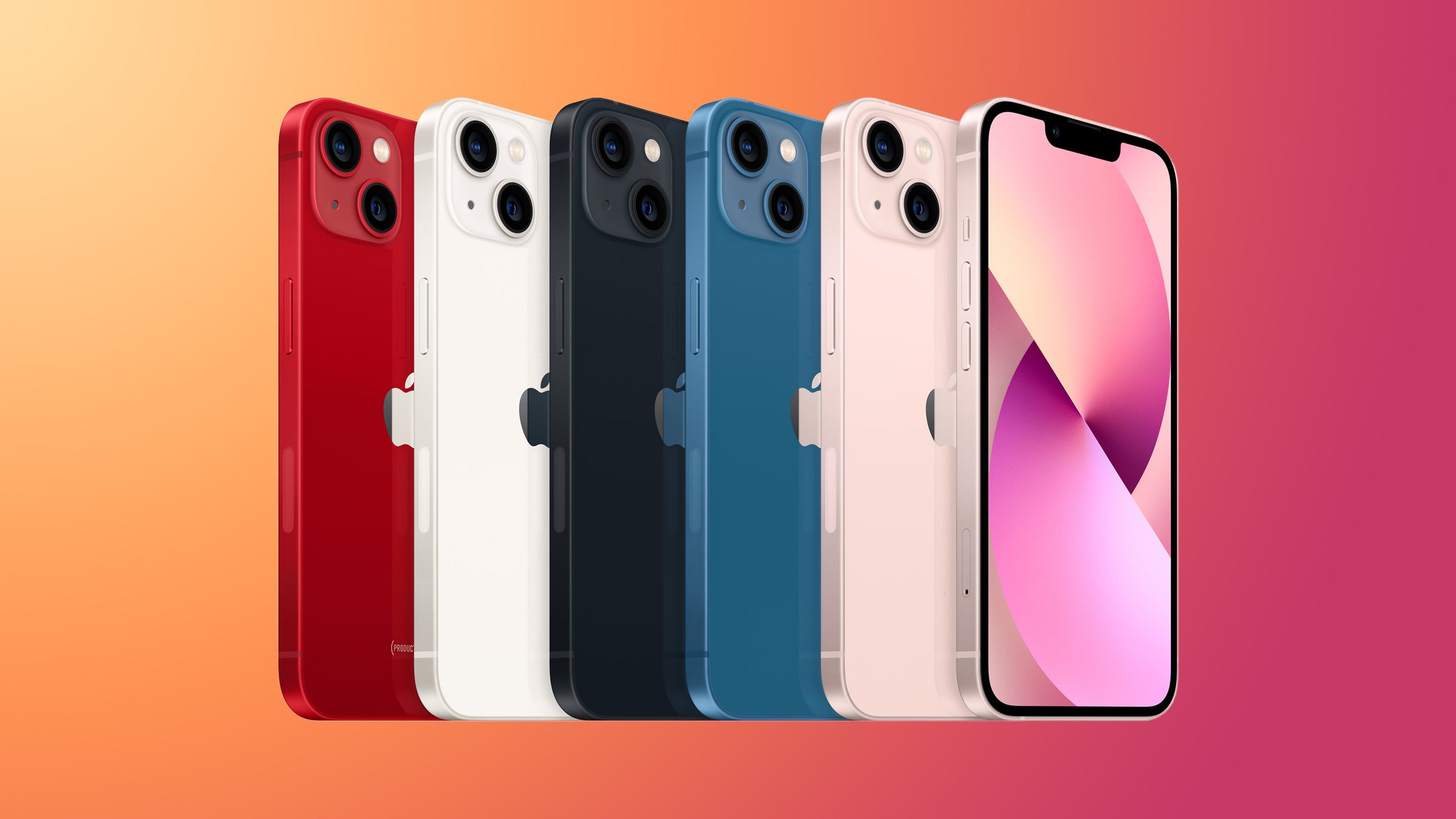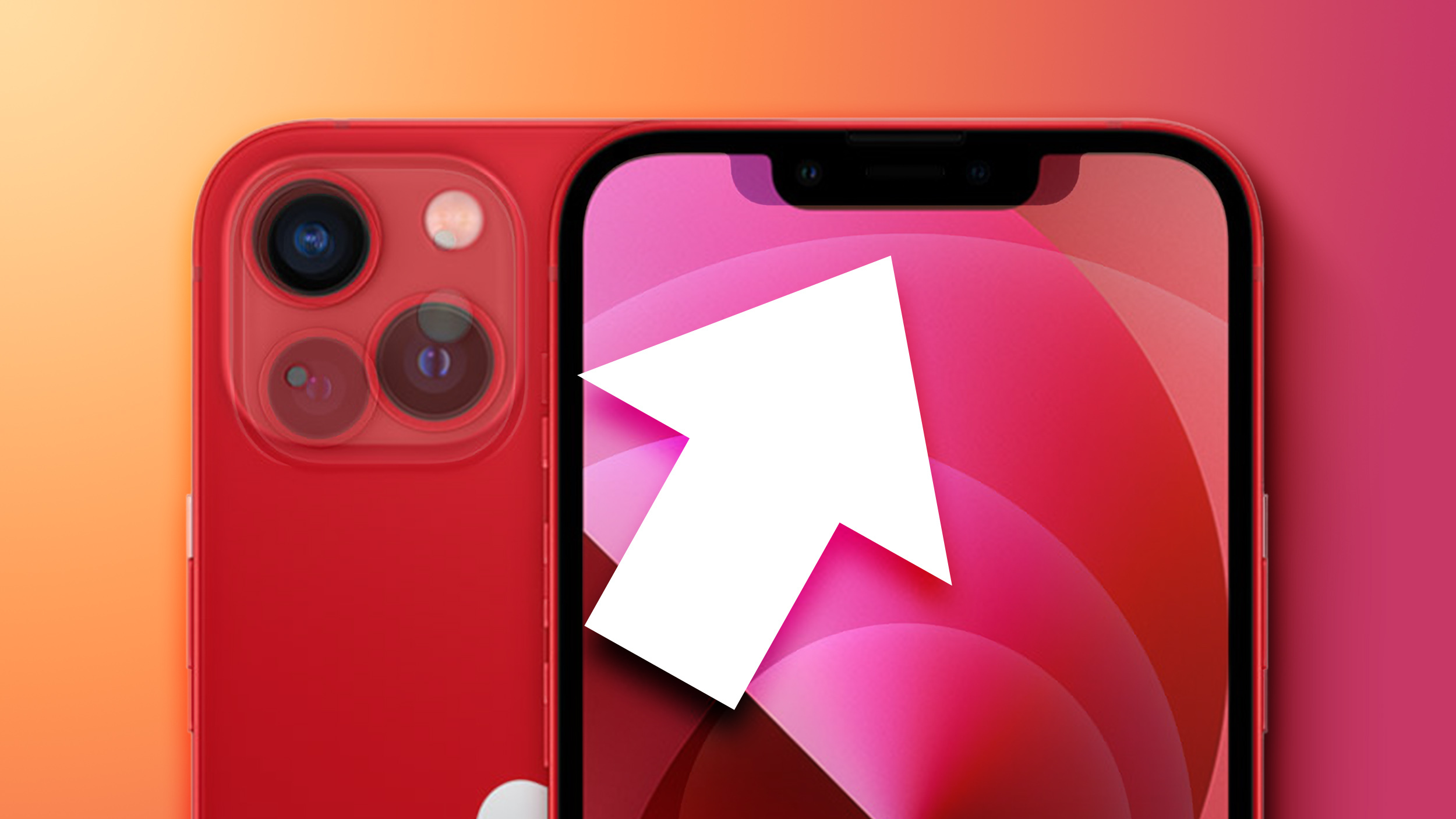
In 2021, Apple unveiled the iPhone 13 as the successor to the popular iPhone 12, with improved rear cameras, longer battery life, the A15 Bionic chip, and more. As devices that are more affordable than the Pro models, but more full-featured than the low-cost iPhone SE or iPhone 11, the iPhone 13 will likely be the most popular option among consumers.

The iPhone 12 from 2020 continues to be sold by Apple. As it is a year older than the iPhone 13, it starts at $599, while the iPhone 13 starts at $699. As the iPhone 12 and iPhone 13 share a large number of features, should you consider purchasing the older model to save money? Our guide helps to answer the question of how to decide which of these two iPhones is best for you, but overall the iPhone 13 is only a minor upgrade over the iPhone 12.
Comparing the iPhone 12 and the iPhone 13
The iPhone 12 and iPhone 13 share a large number of key features, such as display size, 5G connectivity, and camera specifications. Apple lists these same features of the iPhone 12 and iPhone 13:
Similarities
- 6.1-inch OLED Super Retina XDR display with HDR, True Tone, P3 wide color, and Haptic Touch
- Face ID
- 6GHz 5G connectivity (and mmWave in the U.S.)
- Six-core A-Series Bionic chip
- 4GB of memory
- Dual 12MP ƒ/2.4 Ultra Wide and ƒ/1.6 Wide cameras with two-times optical zoom out
- Photography features including Night mode, Deep Fusion, True Tone flash with Slow Sync, Portrait mode, and more
- Videography features including 4K video recording at up to 60fps, HDR video recording with Dolby Vision, Audio zoom, slo-mo video up to 240fps at 1080p, Night mode Time-lapse, and more
- Ceramic Shield front
- IP68 rated splash, water, and dust resistance
- Aerospace-grade aluminum
- MagSafe and Qi wireless charging
- Lightning connector
- Available with 128GB and 256GB storage options
- Available in (PRODUCT)RED
Apple's breakdown shows that the iPhones share a number of notable key features. Even so, there are meaningful differences between the iPhone 12 and iPhone 13, such as their processors and battery life.
Differences
iPhone 12
- Super Retina XDR display with 625 nits max brightness (typical)
- A14 Bionic chip
- Dual SIM (nano-SIM and eSIM)
- Smart HDR 3 for photos
- Dolby Vision HDR video recording up to 4K at 30fps
- Up to 17 hours battery during video playback
- Weighs 164 grams
- Available in Purple, Blue, PRODUCT(RED), White, and Black
- Available with 64GB, 128GB, and 256GB storage options
iPhone 13
- Super Retina XDR display with 800 nits max brightness (typical)
- 20 percent smaller notch
- A15 Bionic chip
- Dual SIM (nano-SIM and eSIM) and dual eSIM support
- Smart HDR 4 for photos
- Photographic Styles
- Dolby Vision HDR video recording up to 4K at 60fps
- Cinematic mode video recording with shallow depth of field (1080p at 30 fps)
- Up to 19 hours battery during video playback
- Weighs 174 grams
- Available in Starlight, Midnight, Blue, Pink, Green, and PRODUCT(RED)
- Available with 128GB, 256GB, and 512GB storage options
Read on for a closer look at each of these aspects, and see what exactly both iPhones have to offer.
Design and Colors
Both the iPhone 12 and the iPhone 13 have the same industrial design with squared-off edges and a flat aluminum band around the sides. The devices use aerospace-grade aluminum on the edges and a single piece of polished glass on the rear. The iPhone 13's dual rear cameras are offset against each other diagonally, as opposed to the iPhone 12's vertical orientation.

The iPhone 13 features a 20 percent smaller notch for the TrueDepth camera array, which frees up more display area and makes the cutout less obtrusive. Other than the rear camera positioning and the smaller notch, the devices look otherwise the same.
[*]iPhone 12 Colors: Deciding on the Right Color
Article Link: iPhone 12 vs. iPhone 13 Buyer's Guide
Last edited:

